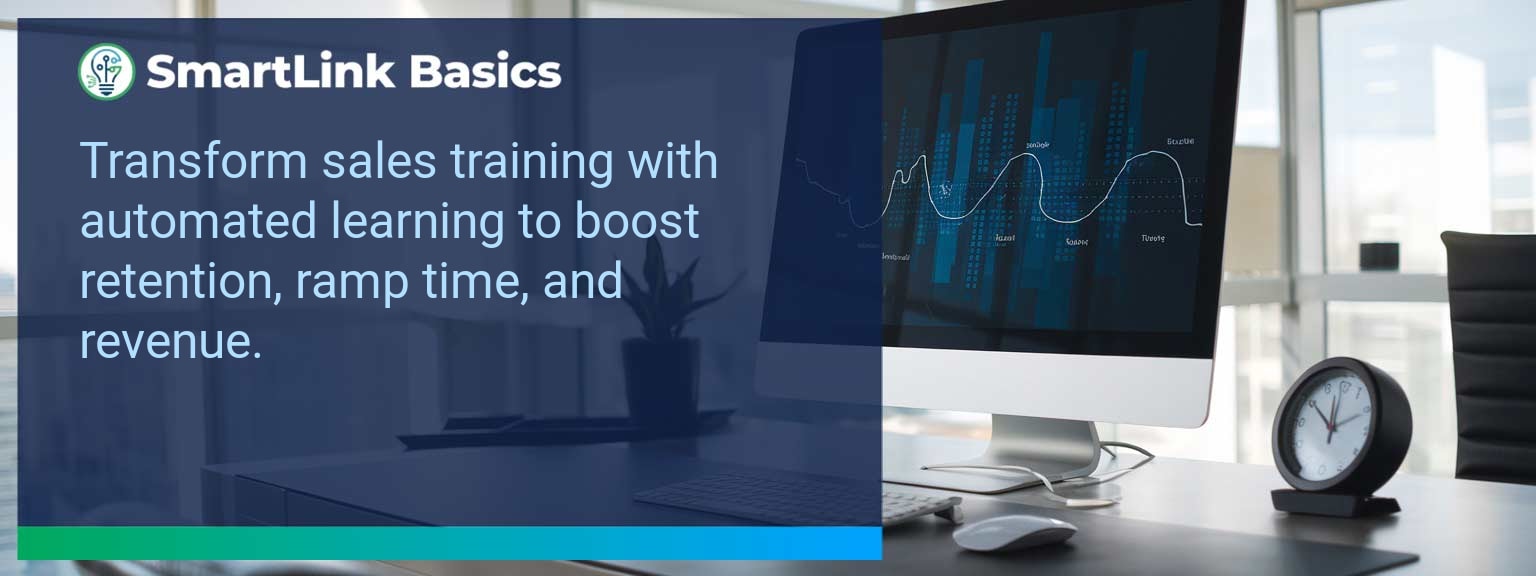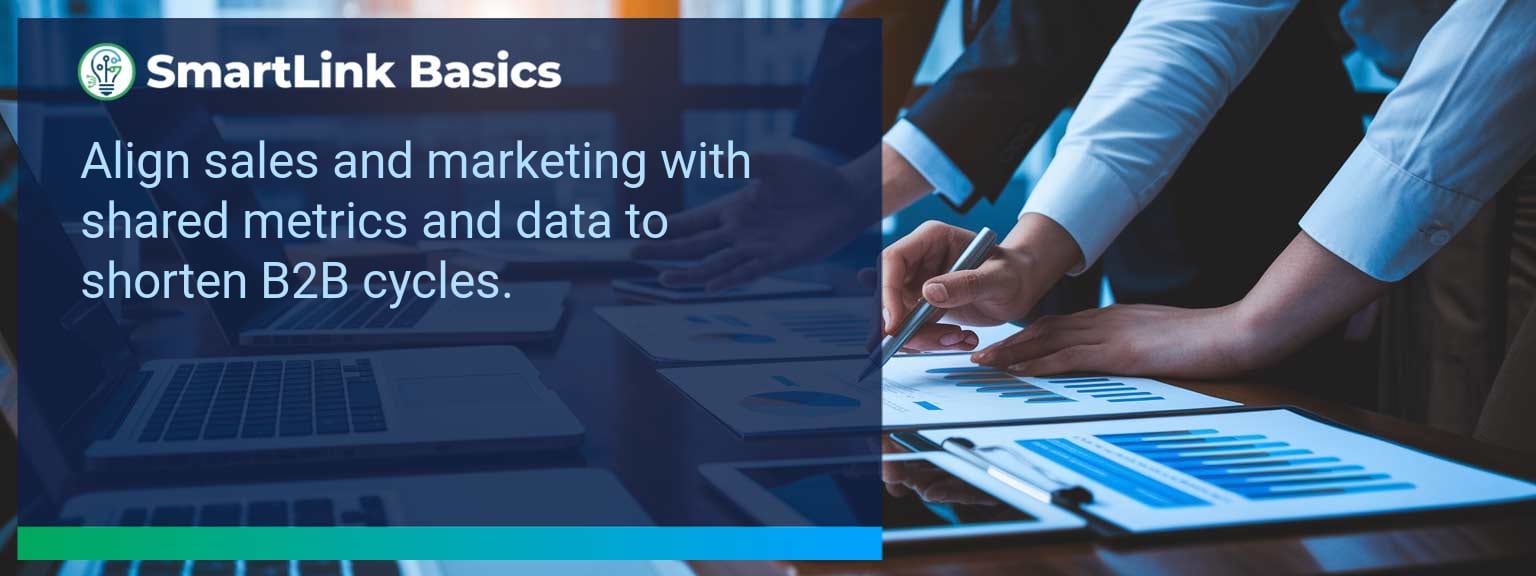Revenue lost through inefficient manual sales processes is often hidden but substantial. According to SmartLink Basics, high-performing sales teams now rely on sales automation benefits to maintain accuracy, speed, and deal momentum. Without automation, companies face increased lead leakage, prolonged cycles, and missed opportunities. This discussion is designed for sales leaders seeking measurable improvements in productivity, win rates, and revenue predictability. It will break down where costs occur, how to fix inefficiencies with sales automation tools, and how to future-proof your sales process automation. The strategies here offer practical frameworks you can implement to capture more opportunities and scale performance.
- Manual sales processes drain revenue via delays, errors, and lost leads.
- Sales automation tools cut admin time and improve response speed.
- CRM integration ensures accurate, real-time pipeline visibility.
- Automated follow-ups boost conversion rates and deal velocity.
- Scalable automation frameworks enhance long-term sales efficiency.
Identifying Revenue Loss And Inefficiencies
Many sales organizations underestimate the cost of manual processes. Common losses include slow lead qualification, inconsistent follow-ups, and unreliable forecasting. These gaps reduce win rates and limit capacity. Sales reps spending hours on admin tasks are effectively selling less.
For example, a B2B tech firm found that 22% of qualified leads went cold due to missed follow-ups. This was traced directly to manual task management instead of an automated sequence. Prioritizing efficiency requires diagnosing each leak in your pipeline and quantifying the impact.
The immediate action: map your full sales workflow, highlight steps with high lag time, and calculate opportunity loss in dollar value.
Leveraging Automation Tools To Streamline Sales
Modern sales automation software can manage repetitive actions, enforce process consistency, and give leadership real-time performance data. Integrated CRM platforms align lead generation automation with clear pipeline stages, ensuring a single source of truth.
For instance, implementing automated follow-up emails and task reminders can rescue dormant deals. Sales process automation eliminates human delays for data entry and scheduling. The result is more selling time and faster cycle completion.
Action step: choose sales automation tools that integrate with your CRM to centralize activity tracking, and run a 30-day pilot with one sales pod for validation.
Driving Higher Revenue And Productivity
When teams adopt automation correctly, efficiency gains quickly translate into revenue growth. Automated lead routing, proposal generation, and reporting reduce cycle fatigue. Sales productivity improves because every rep spends more time on direct selling.
An enterprise services firm implemented triggered follow-ups for inbound leads, reducing average first contact time from 26 hours to under 2. This boosted their conversion rate by 18% within one quarter.
Actionable priority: link automation metrics directly to quota attainment to validate its contribution to bottom-line growth.
Scaling Automation For Long-Term Success
Automation is not a one-time initiative. Scaling requires continuous process refinement, addition of new sales automation benefits, and staff enablement. As workflows evolve, automation must adapt to changing product lines and market conditions.
A phased rollout approach prevents disruption and ensures adoption. Start with one segment for automation, document results, and expand. Include automation training in onboarding so efficiency gains are sustained across the team.
Next steps: establish a review cycle every quarter to assess automation ROI and update workflows based on new sales objectives.
| Category | Metric | Definition | Target |
|---|---|---|---|
| Leading | Lead Response Time | Average time from lead capture to first contact | Under 1 hour |
| Leading | Automated Task Completion Rate | % of sales tasks completed by automation | 50%+ |
| Lagging | Revenue Growth | Quarterly revenue compared to previous period | +15% QoQ |
| Lagging | Close Rate Improvement | Increase in won deals vs total opportunities | +10% in 90 days |
| Quality | CRM Data Accuracy | % of deals with complete & up-to-date fields | 95%+ |
| Quality | Rep Adoption Rate | % of reps using automation features consistently | 90%+ |
Get the 90-day plan, coaching rubric, and dashboard template to operationalize AI in your enablement program.
Automating Sales to Secure Competitive Advantage
Sales automation benefits extend far beyond admin relief—they optimize decision-making, improve forecasting, and speed customer engagement. By addressing inefficiencies and aligning automation with strategic goals, sales leaders can reclaim lost revenue and drive measurable productivity gains. The most effective teams continuously refine their systems to maintain this advantage. Get more Sales Leadership insights from SmartLink Basics to design your next automation initiative.









